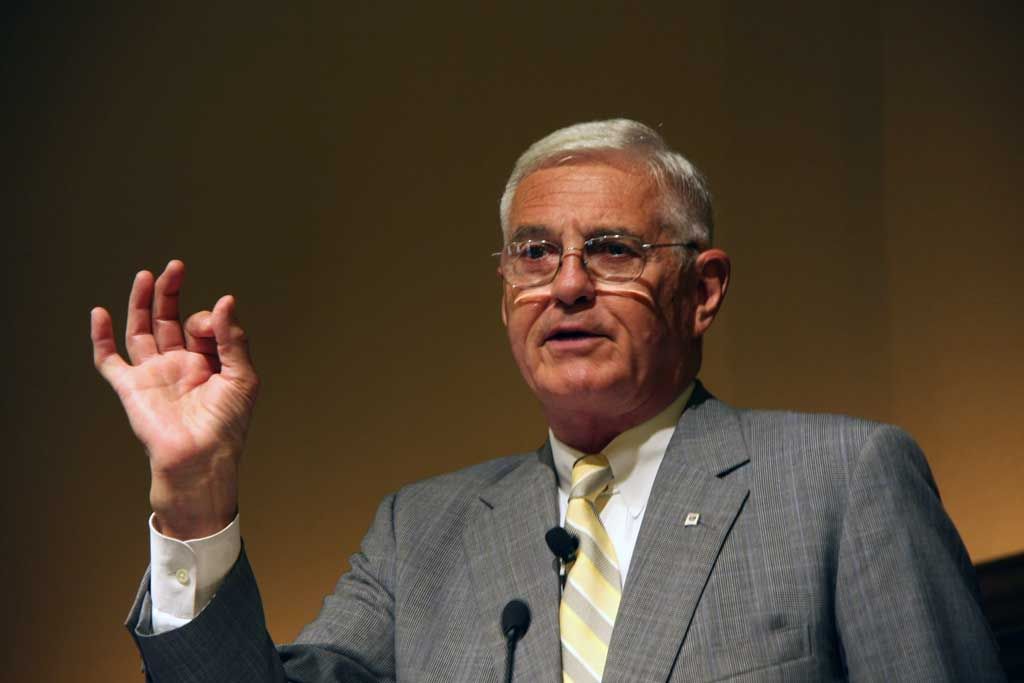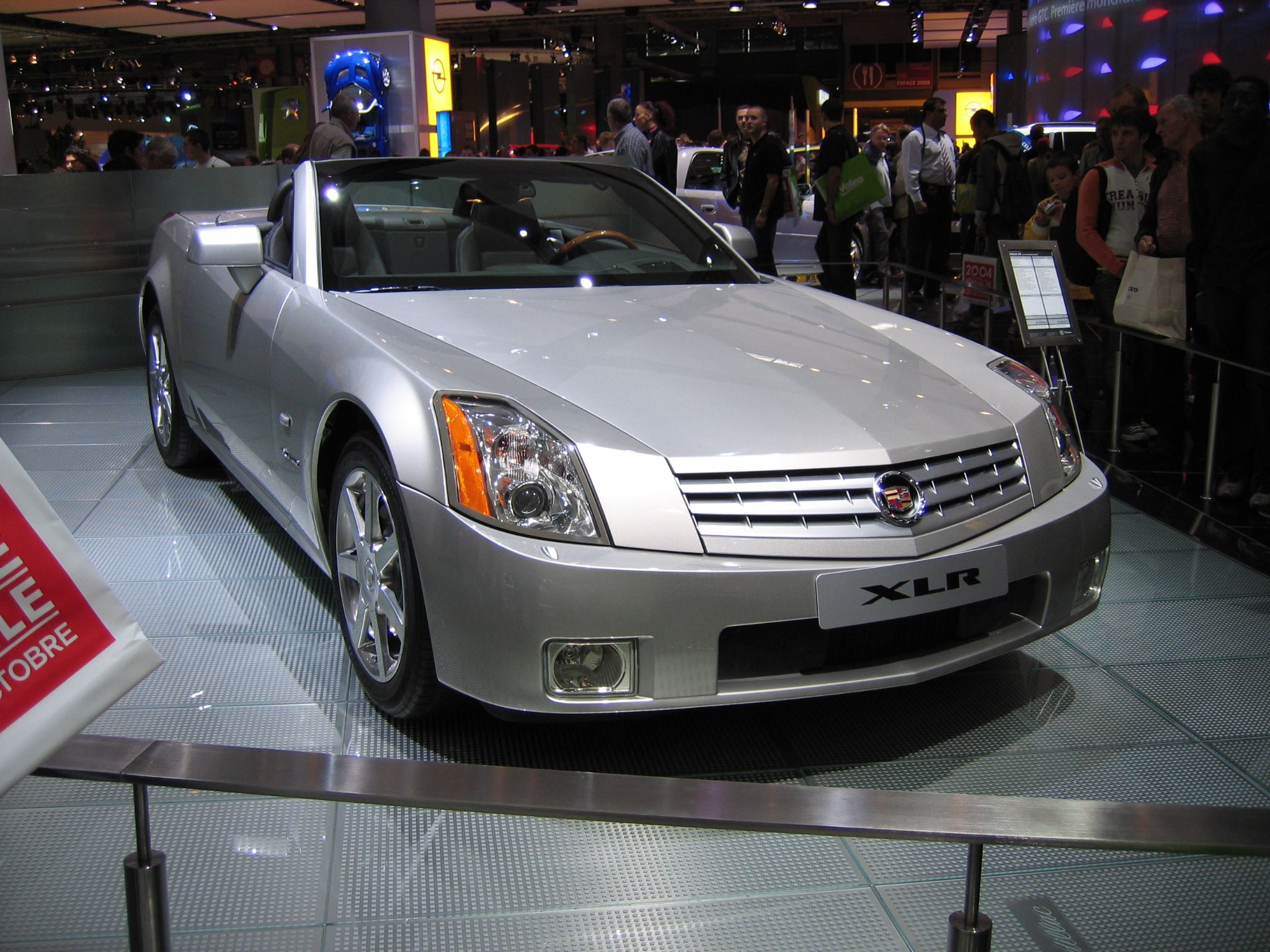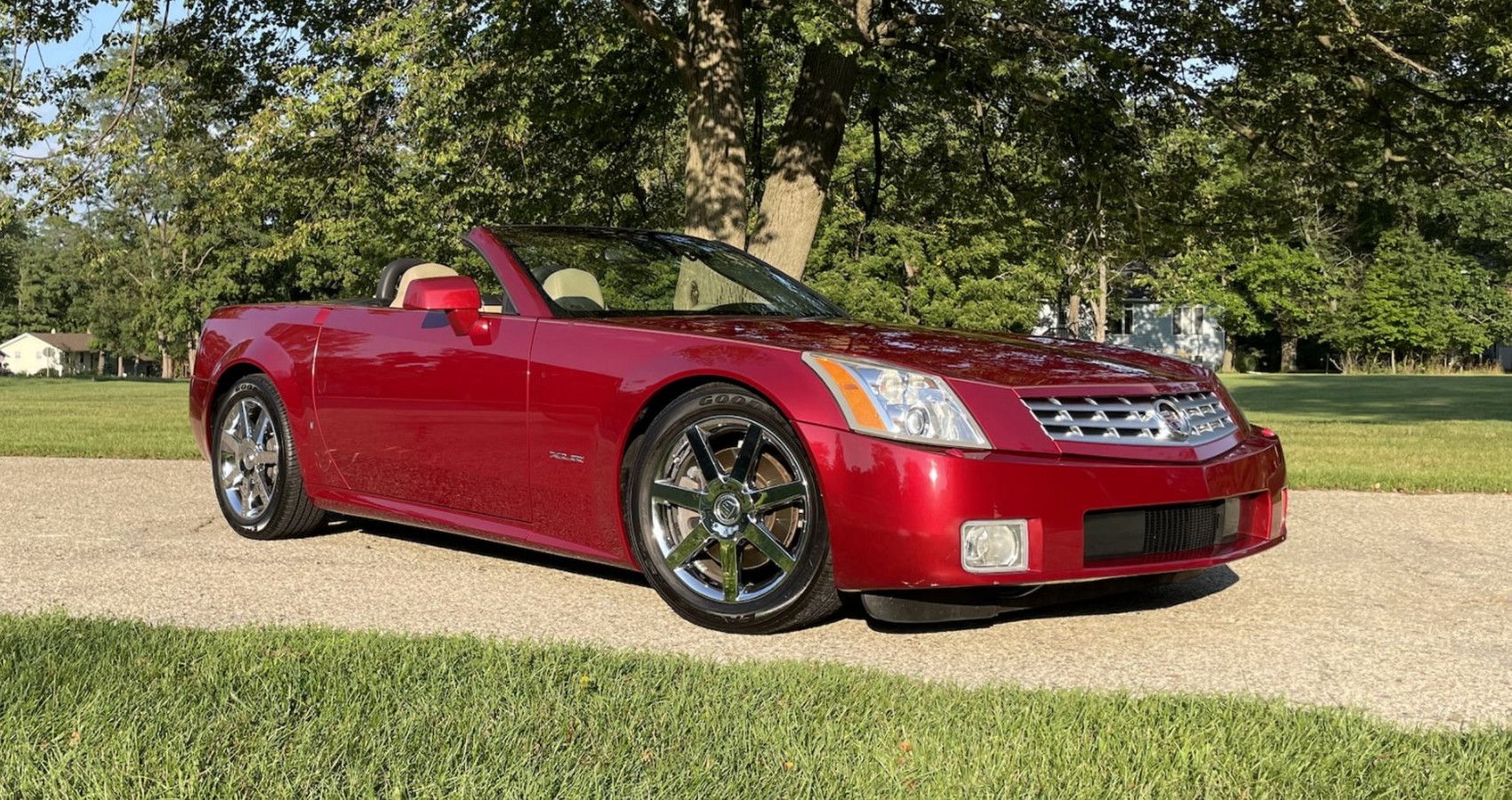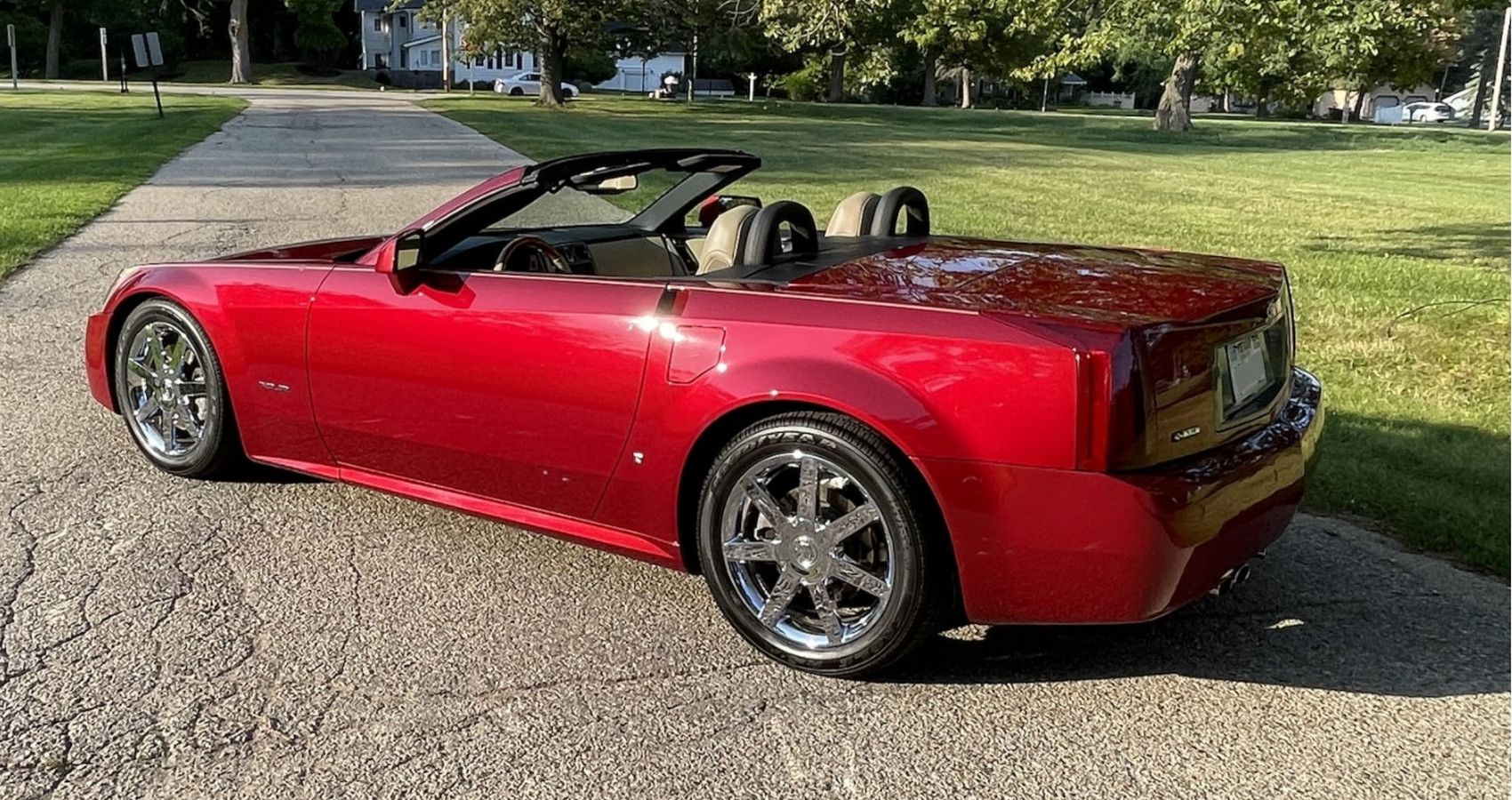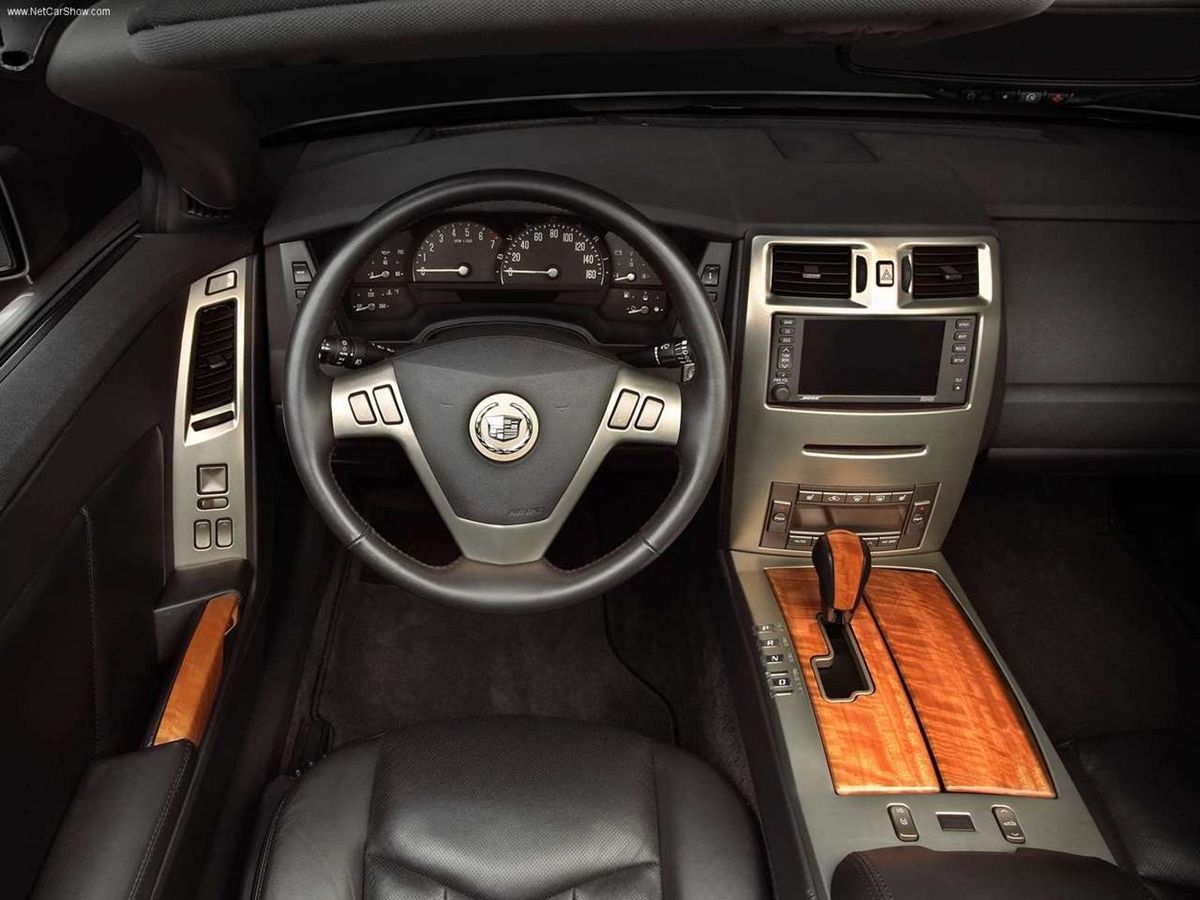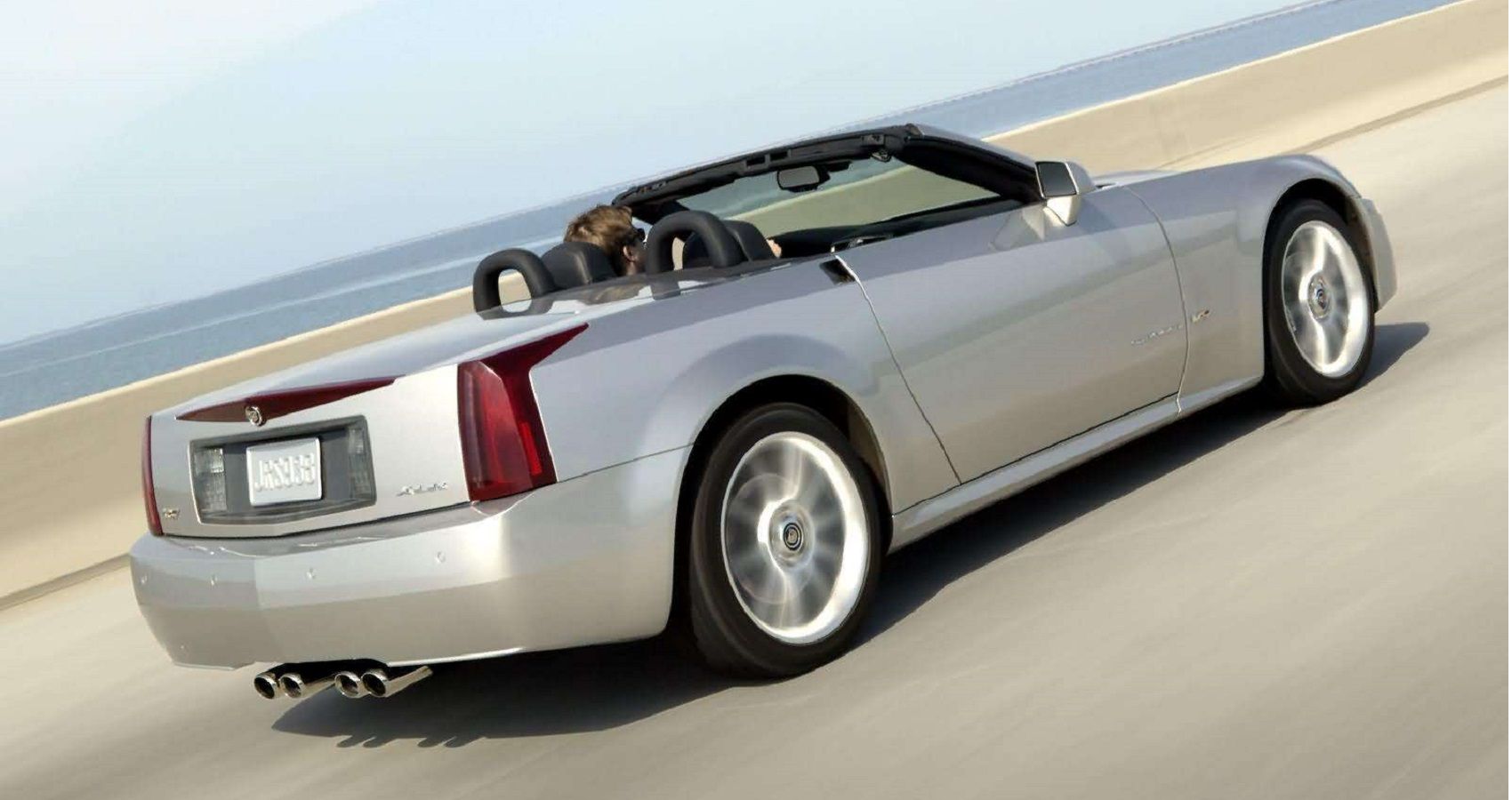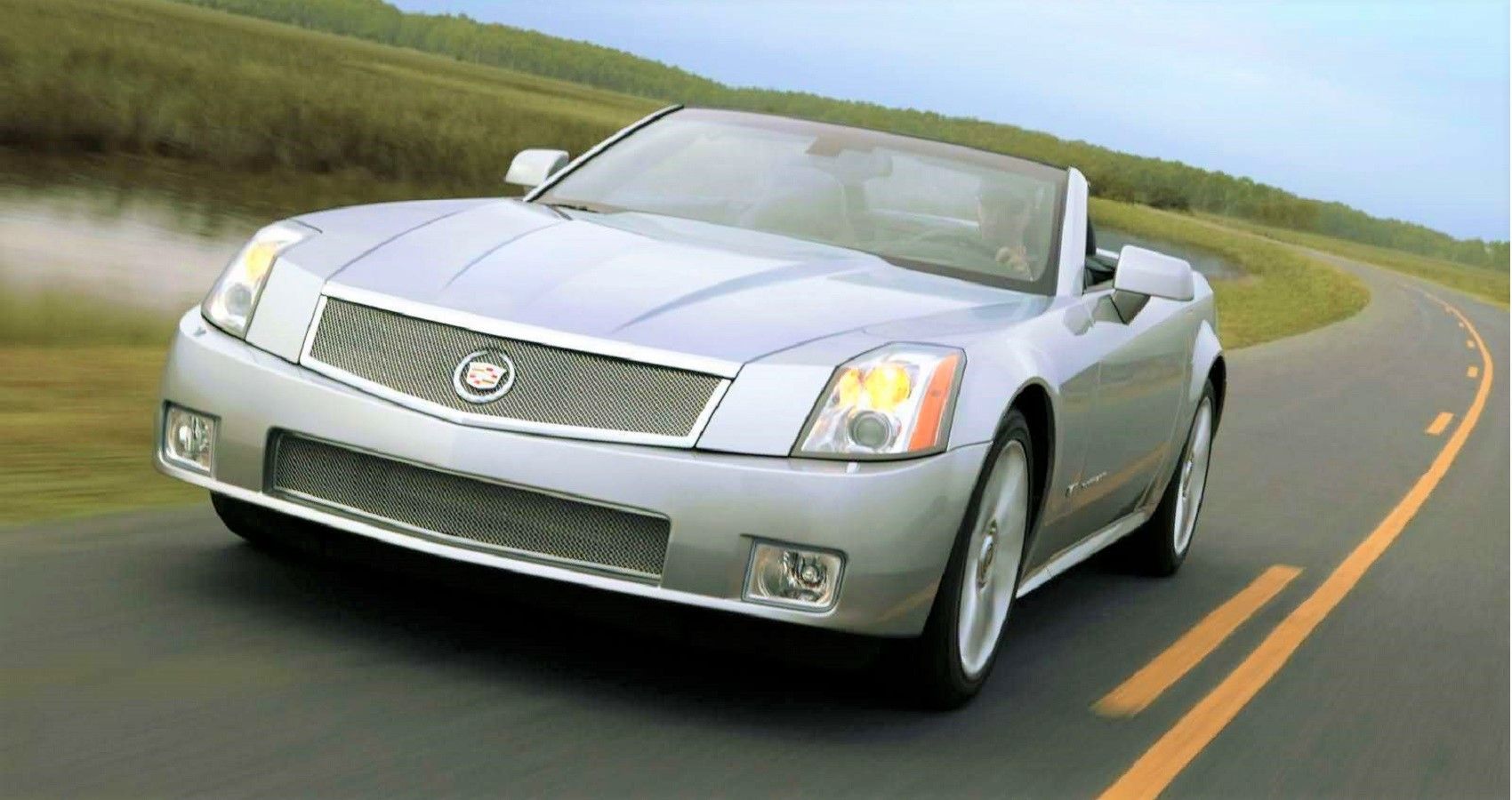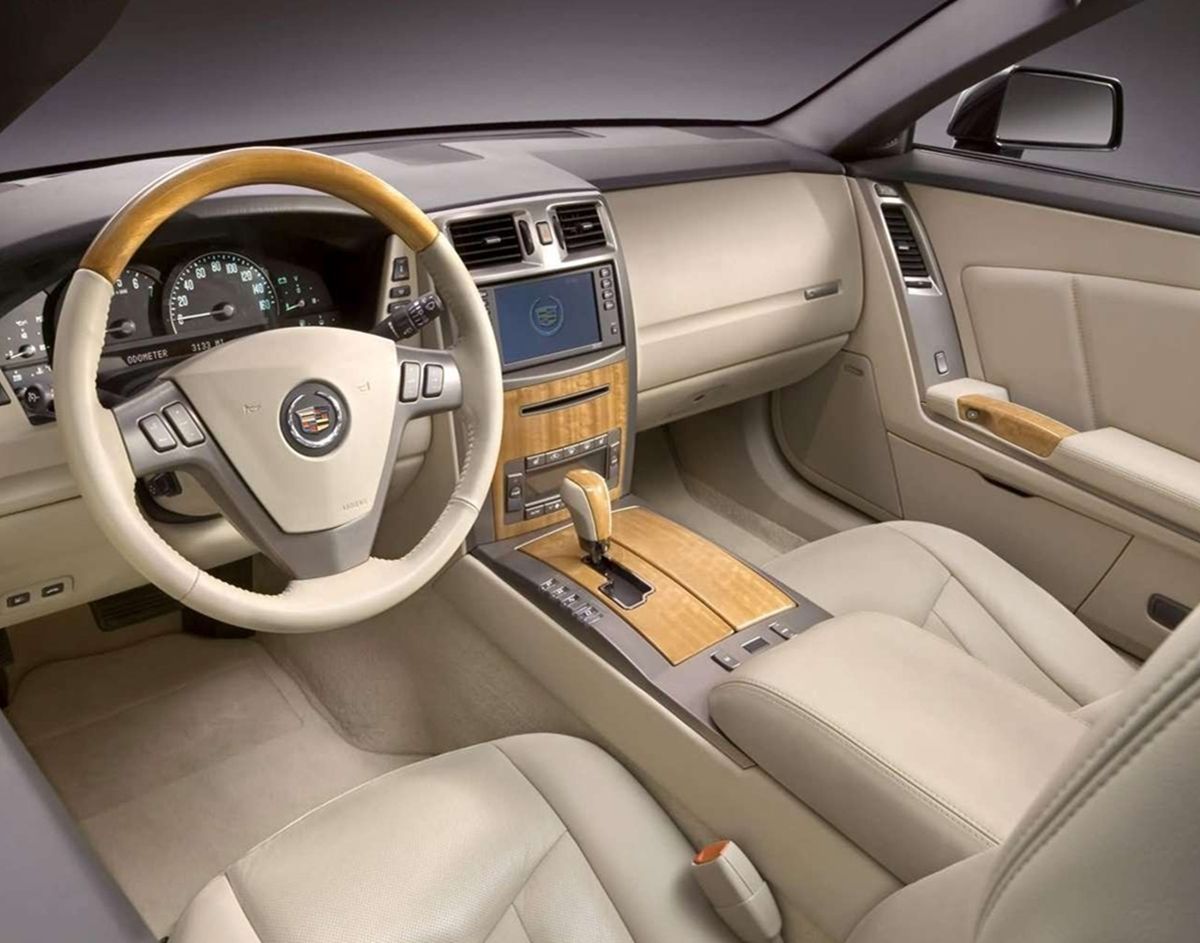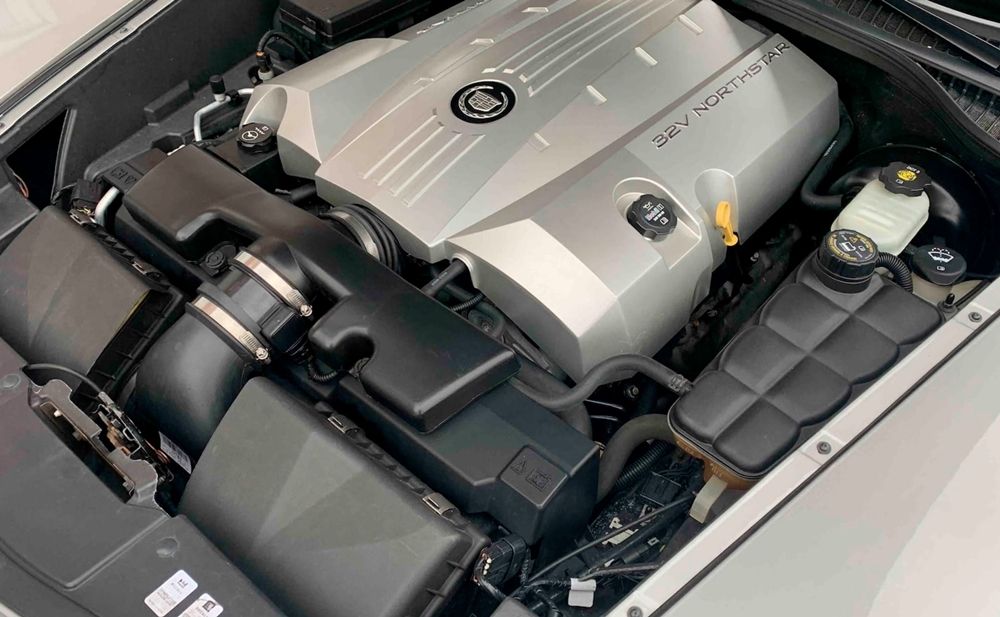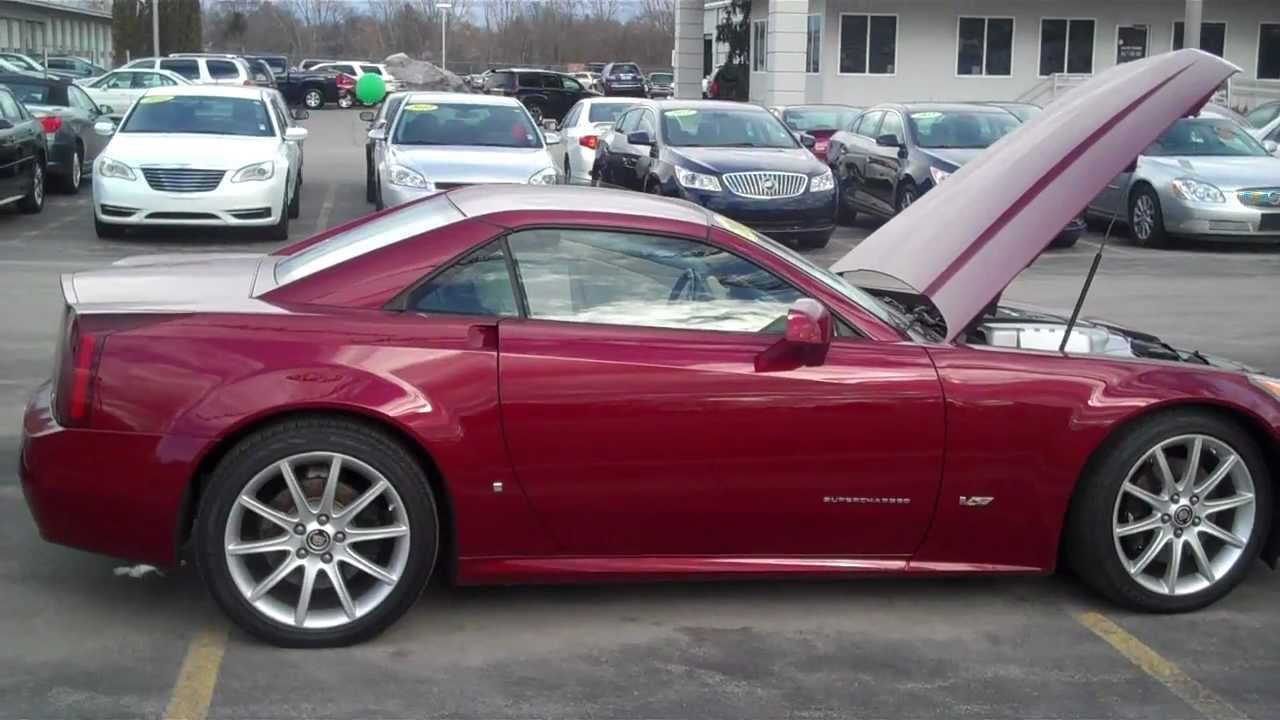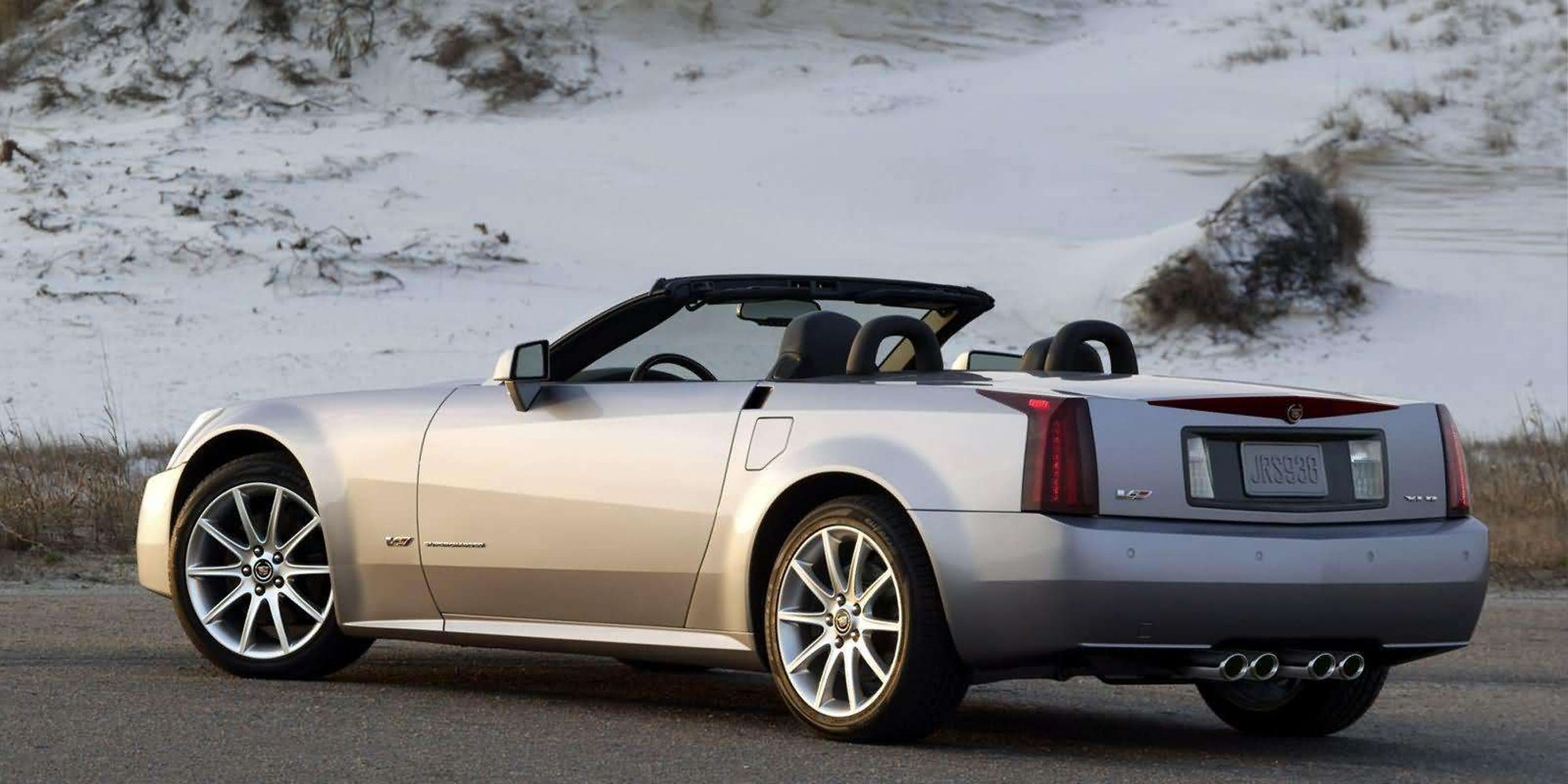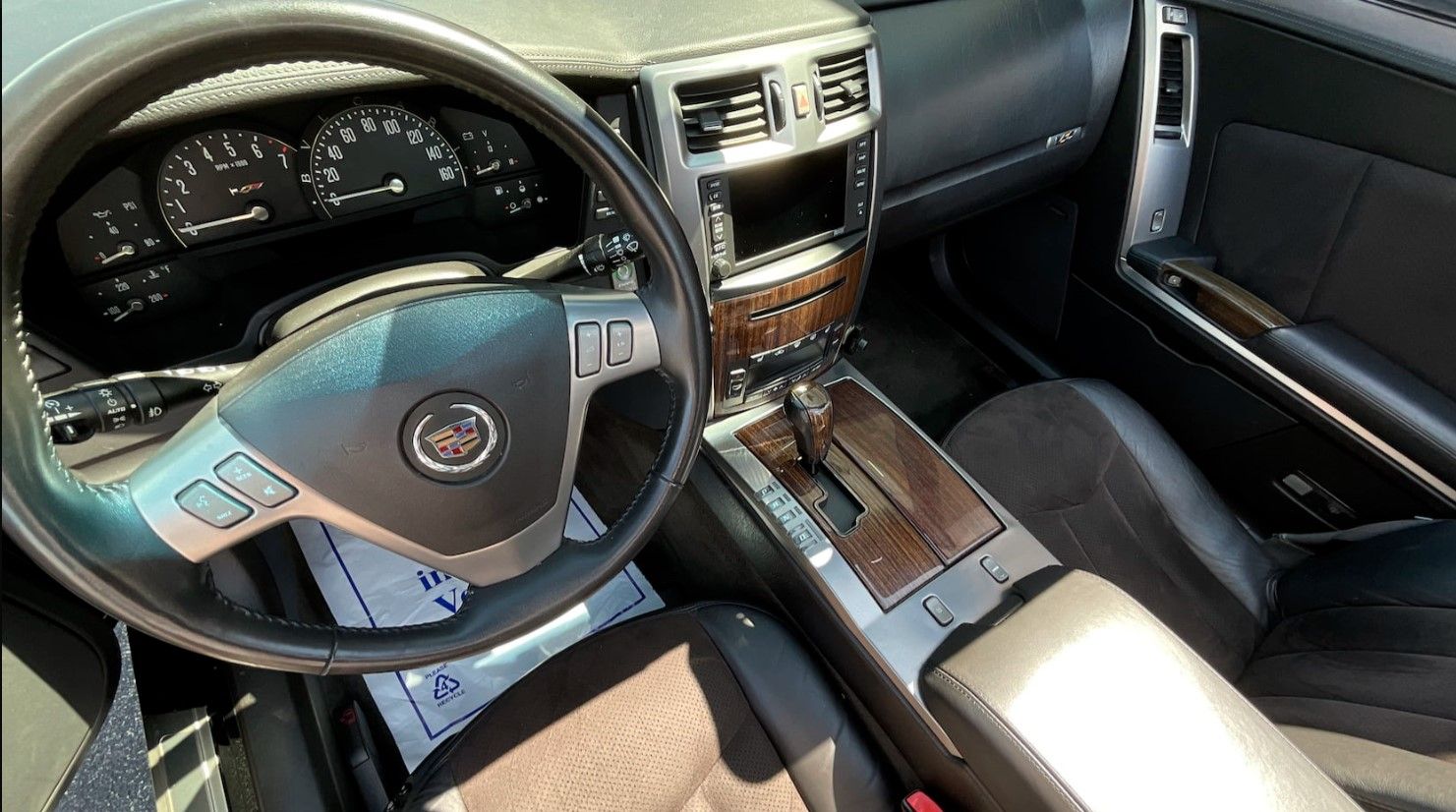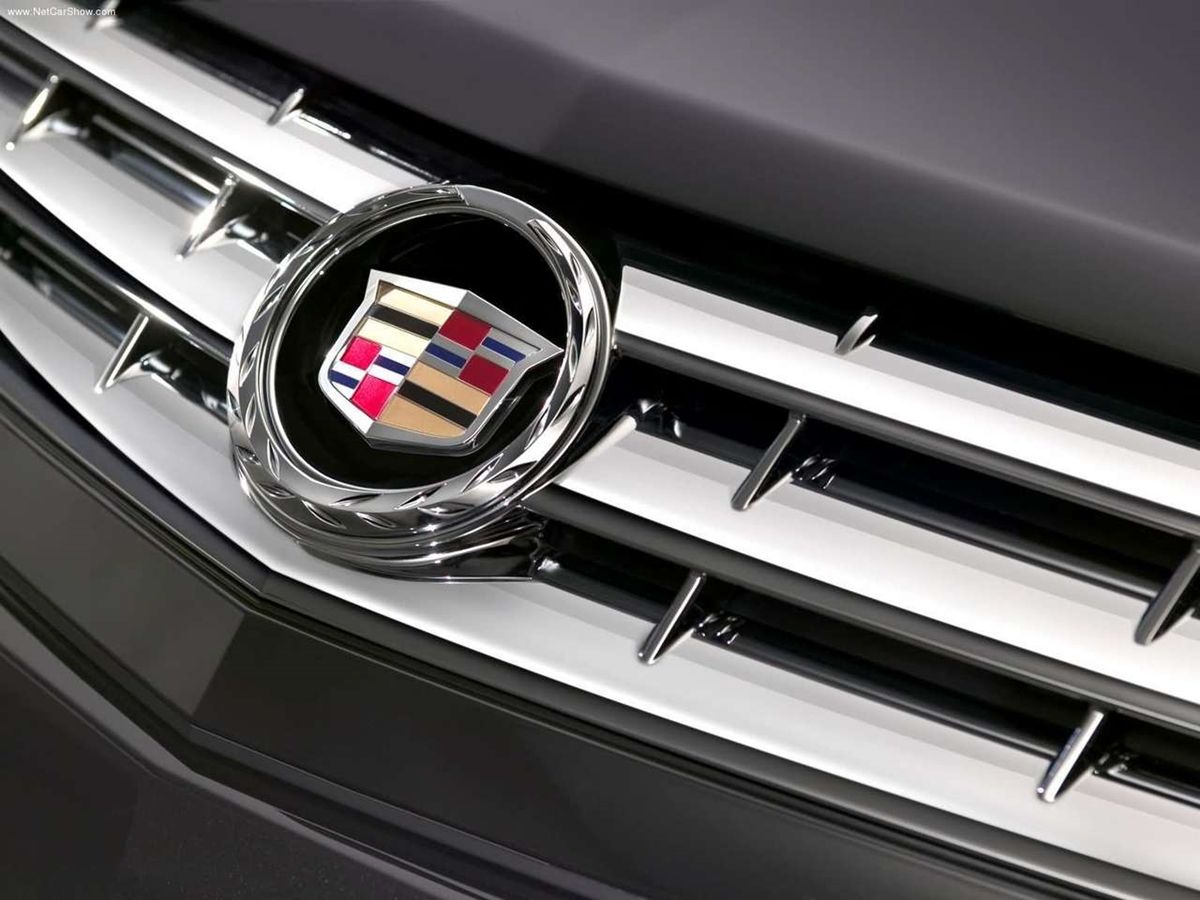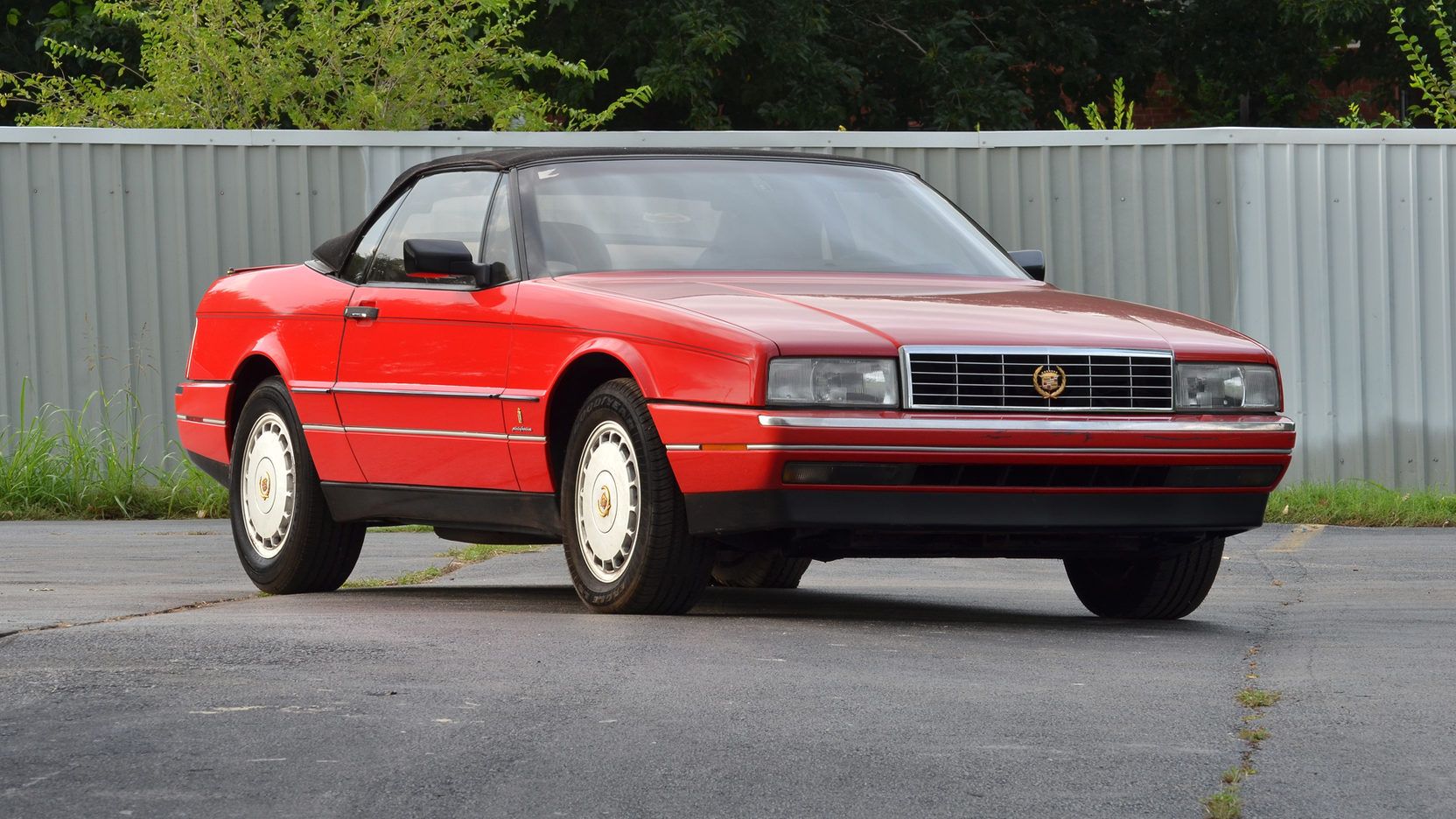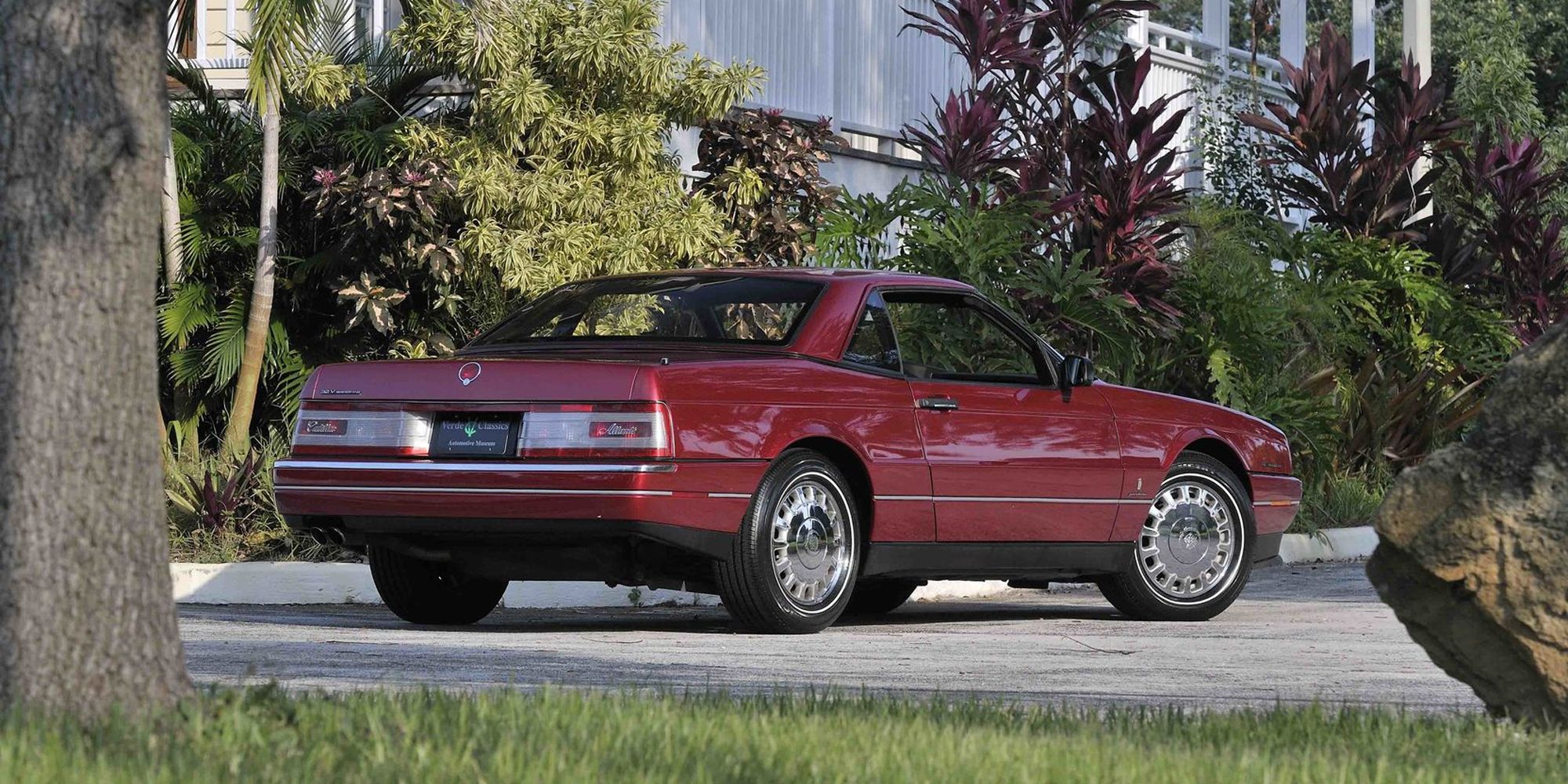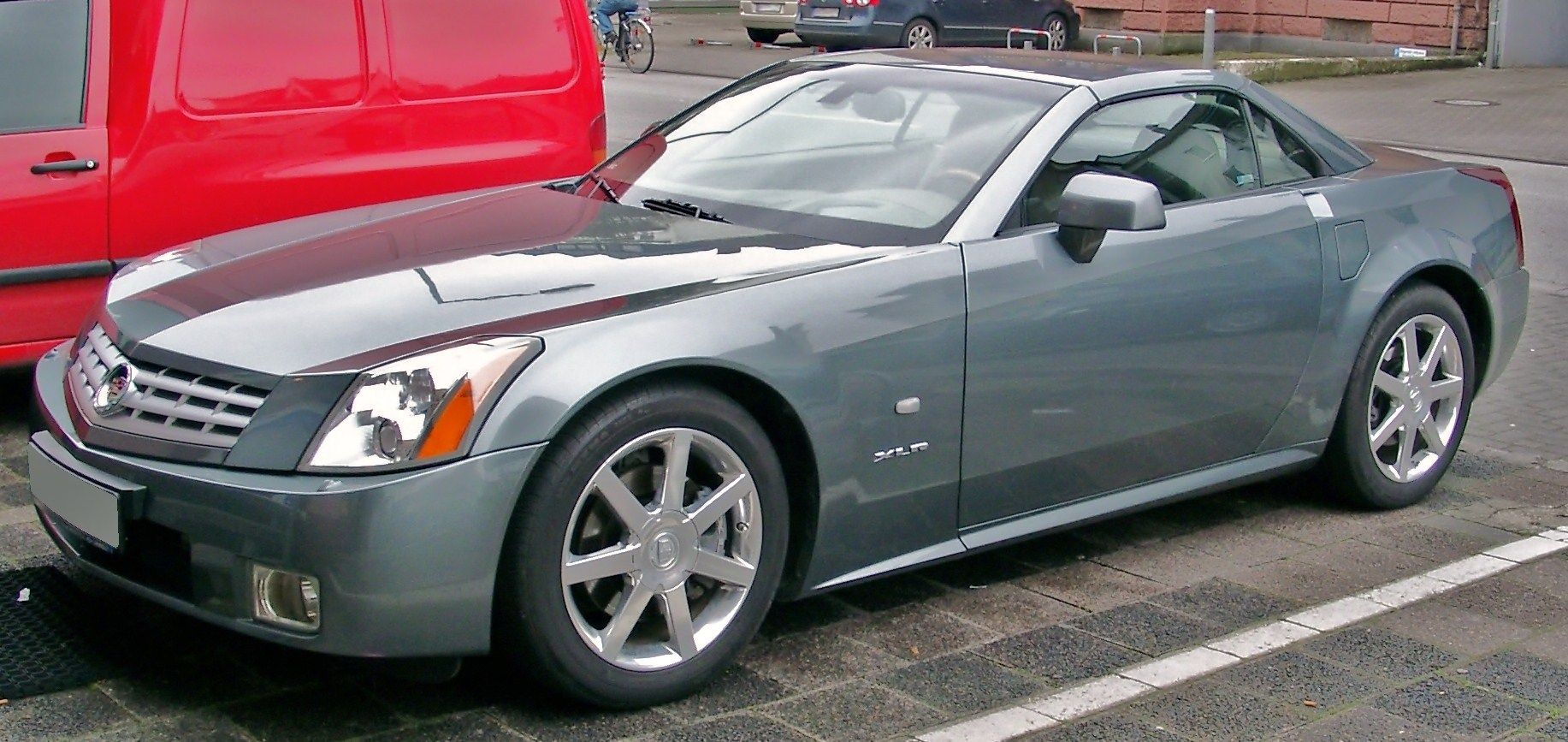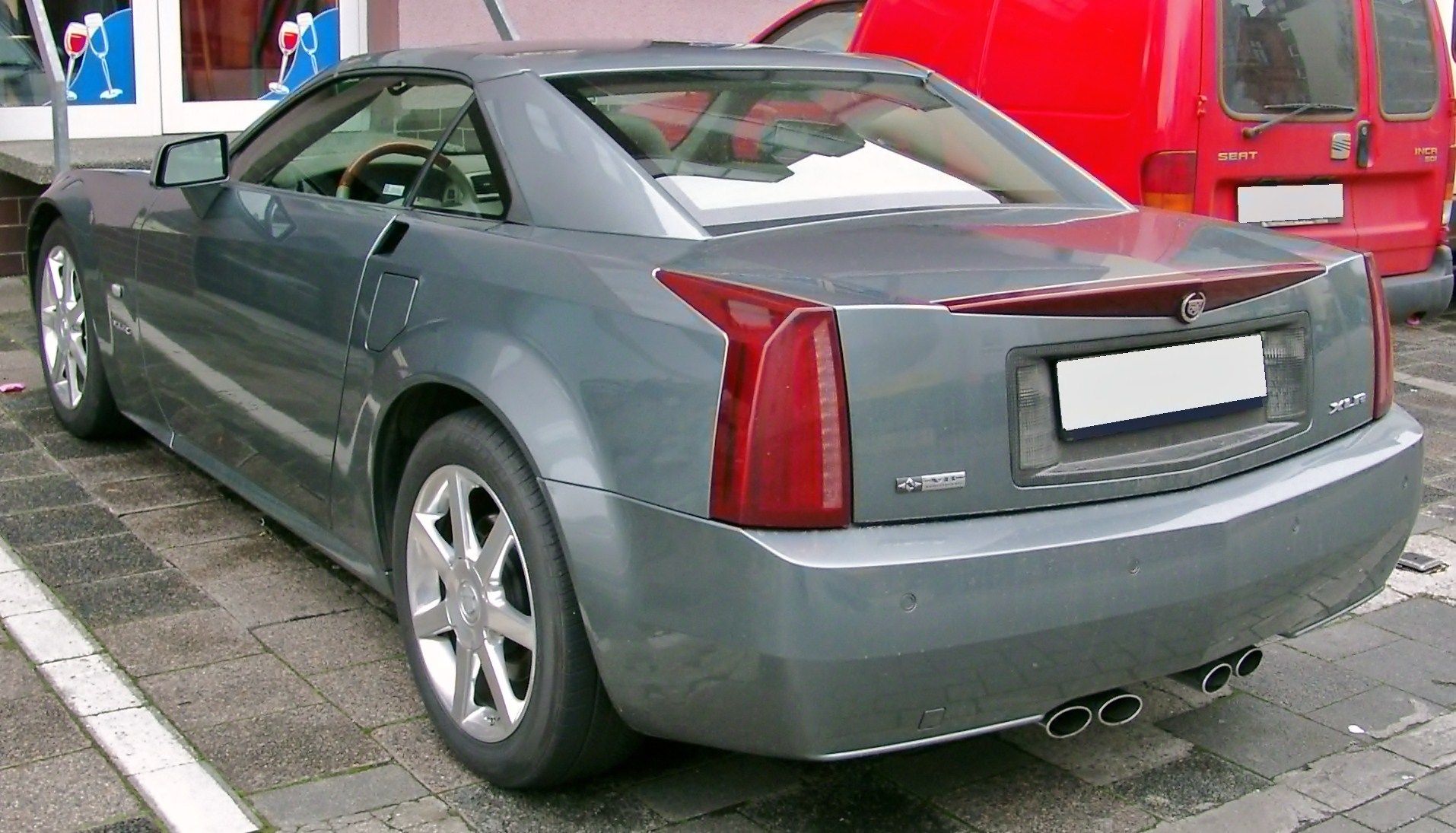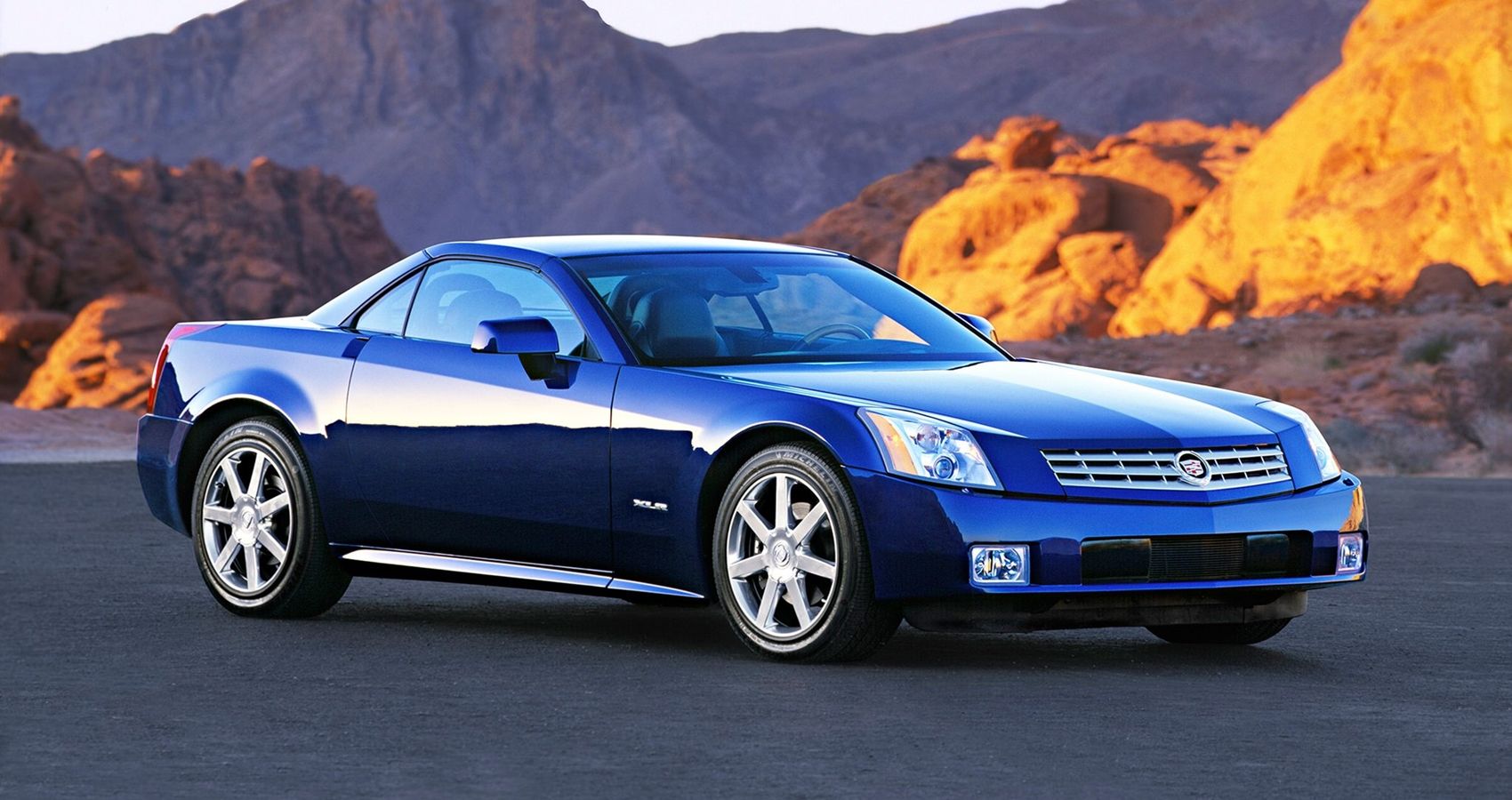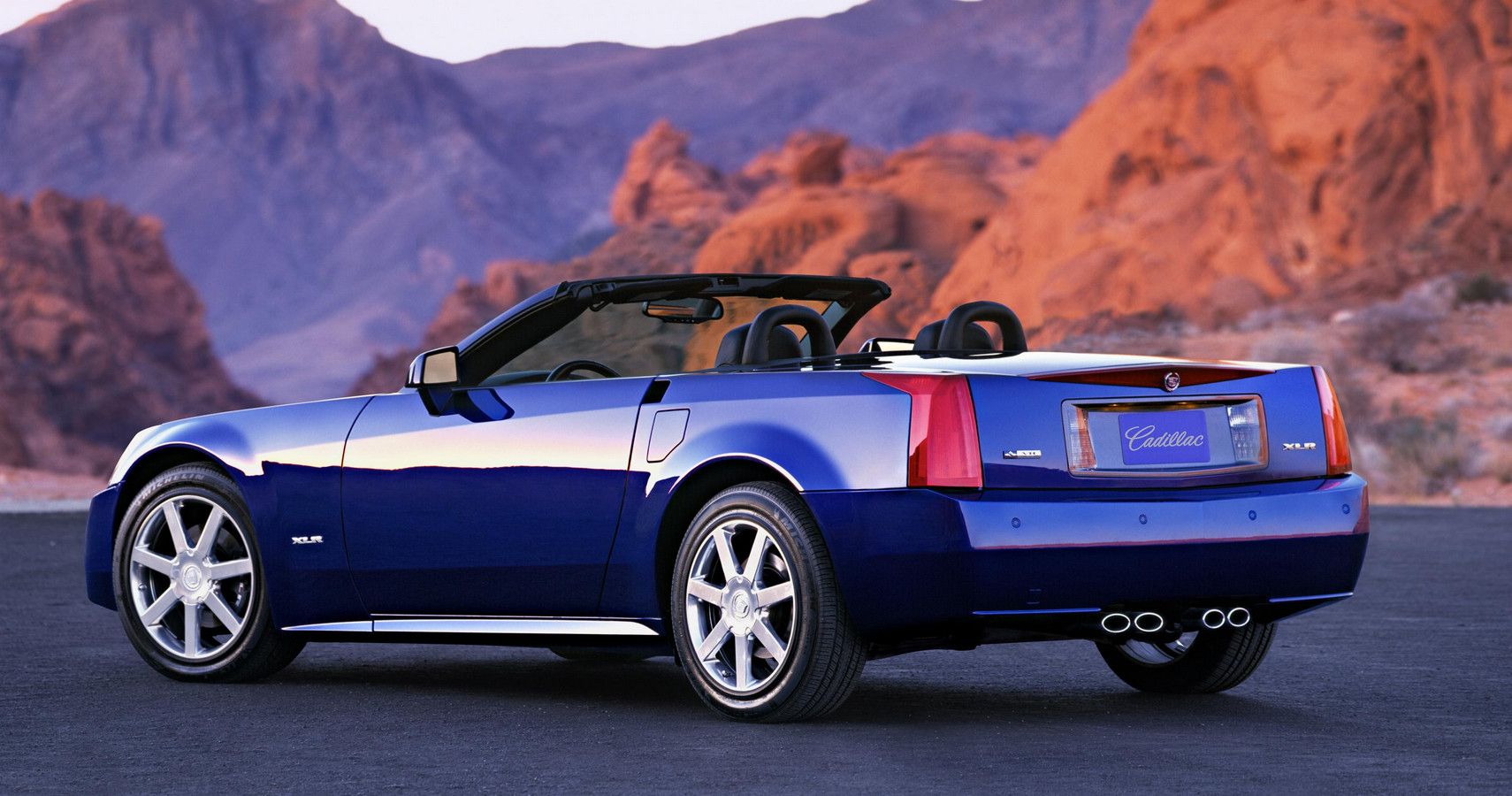[ad_1]
General Motors has had somewhat of a mixed reputation in the 2000s. On the one hand, cars like the C6 Corvette Z06 and ZR-1, Pontiac G8, Pontiac Solstice, and Saturn Sky were some of the most exciting to come from the auto conglomerate. On the other hand, at that time, their cars were built cheaply and weren’t as durable as earlier models. The Great Recession of 2008 and the subsequent automotive industry crisis only worsened matters. Ultimately, this era concluded with the death of four of its manufacturers (Pontiac, Saturn, Hummer, and Saab), and with GM being forced to restrategize its business.
Despite its parent company seemingly crashing and burning by the end of this era, Cadillac briefly sold one of its most invigorating models, the XLR roadster. Though it was set to butt heads with the Mercedes-Benz SL, BMW 6 Series, and Jaguar XK, it did not receive nearly as much praise. Here are 10 reasons, however, why it should be given greater recognition.
10/10 Its Origins
Bob Lutz (pictured) – GM’s CEO between 2001 and 2010 – was a man of ambition. However, unlike more pragmatic auto bosses like Lee Iacocca, Lutz’s business strategy was that excitement sells. After all, he was famously the man behind the Dodge Viper. After seeing the state of Cadillac as a luxury automaker, stagnating into complacency, and making cars that really only appealed to the elderly, he wanted to bring some spice to the brand’s lineup.
In 2003, he introduced the CTS, Cadillac’s first competent challenger to the BMW 3 Series. He pushed his ambition even further when he sought to introduce a roadster, the Corvette-based XLR.
9/10 Its Angular Styling
At the time of its development, GM’s design department, run by Wayne Cherry (the man who infamously greenlit the Pontiac Aztek, mind you), sought to revive the sharp corners that once symbolized Cadillac in the 1970s and 1980s and implement them in the modern age.
Coupled with the XLR’s low, wide stance, what resulted was a striking two-seater. With Cadillac retaining a similar aesthetic ever since, yet having not produced another roadster since the XLR today is unlike anything else on the road.
8/10 Its Luxury
The XLR was a luxurious car for its time as well. Its interior was trimmed with real Eucalyptus wood grain as well as stainless steel accenting.
On the exterior, LED tail lights flanked the rear, while bright bi-xenons illuminated the front. Both inside and out, the XLR oozed American elegance.
7/10 Its Tech
Technology was also abundant in the XLR. Like the C6 Corvette on which it was based, the XLR came with electronic door handles, which unlatched the door with the push of a button. This technology was present on both the exterior and interior.
Inside, the XLR came with standard push-button ignition, a heads-up display, and GPS navigation. While these features seem commonplace these days, in 2005, they were still only optional and many prestigious cars, including the Mercedes-Benz S-Class.
6/10 Its Power
Once again, it’s worth reminding you that the XLR was based on the C6 Chevrolet Corvette. Despite this, its powertrain differed. Standard was Cadillac’s Northstar engine, which by then had been tuned and improved to no longer face the overheating issues that had plagued the DeVille and Seville that first featured it.
It was not the only engine the XLR received, however. The XLR-V came with a 4.4-liter V8 that, although having a smaller displacement, produced 443 horsepower and could go 0-60 in less than five seconds.
5/10 The V Version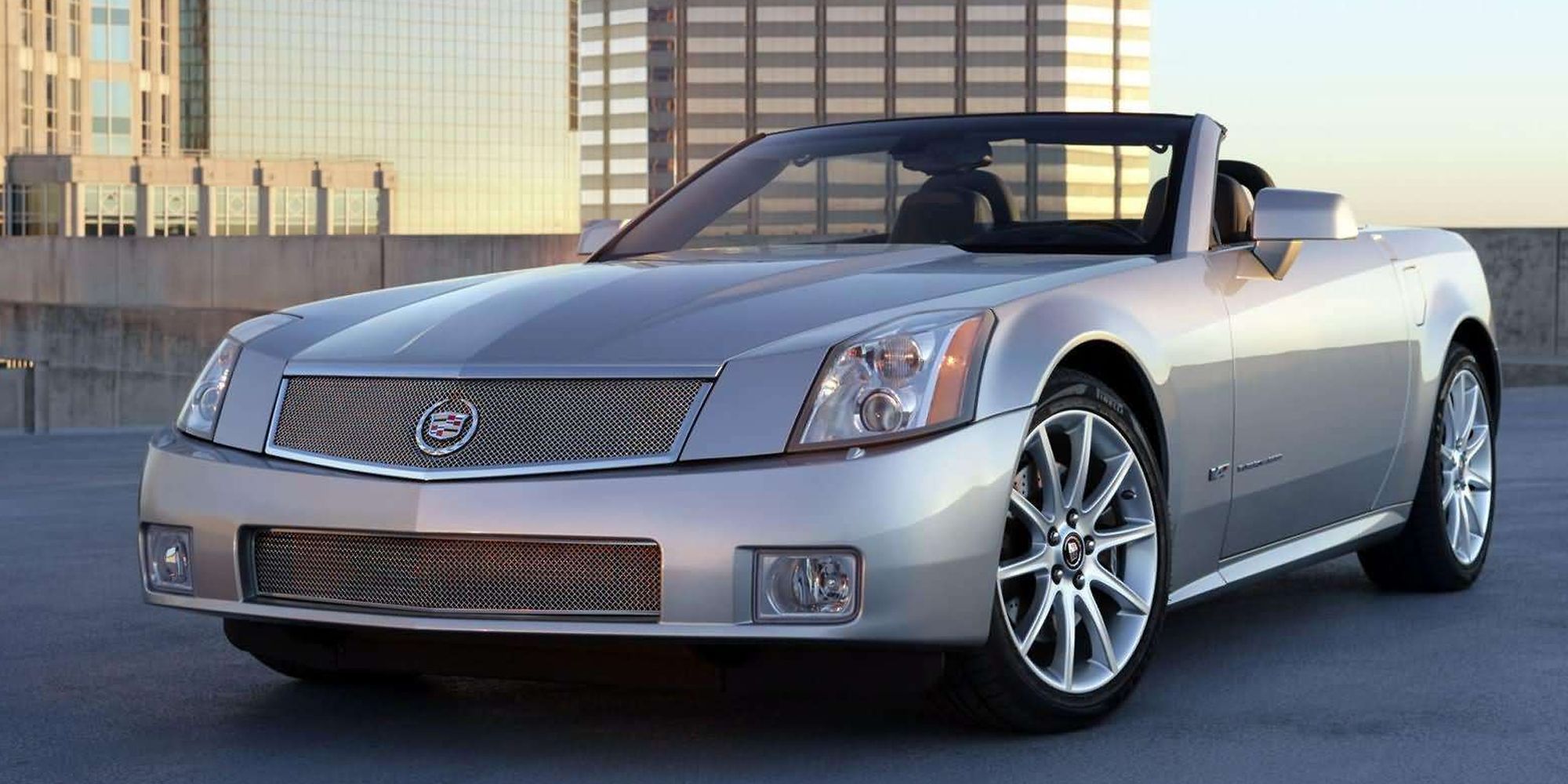
Speaking of which, the XLR-V was a remarkable vehicle in itself. It featured a mesh grille, larger wheels, and darker burl wood trim on the interior.
Its elevated aesthetics, coupled with its aforementioned staggering power, could almost give the Corvette Z06 a run for its money. It was certainly the most exciting Cadillac produced during its era.
4/10 Its Gaudiness
Of course, a Cadillac would not be a Cadillac without gaudy styling cues. Superficial luxury was the name of the game if you peeled your eyes and looked out for little Easter eggs, like the Bulgari-trimmed gauge cluster.
Its angular styling, while stunning, still harkens back to the days when Cadillac made Luxo-barges that took up nearly two car lengths and were but synonymous with American excess. While that may turn some off, it only adds to the roadster’s charm.
3/10 Its Improvements Over Its Predecessor
The last time Cadillac produced a roadster similar to the XLR was the Allante, an attempt at making a European-inspired grand tourer similar to the Mercedes-Benz SL of its era.
To say the least, it sold poorly. Much of it was due to its ambitious technology and lackluster performance. It was also front-wheel-drive, causing it to handle much more tepidly than its European rivals. Fortunately, the XLR was a vast improvement.
2/10 It Could Be Enjoyed Across The World
The XLR, like other models of the time period, enjoyed international availability. It was sold in Europe and was even reviewed by Jeremy Clarkson. (What he had to say about it, as with most American cars he reviews, was less than stellar.)
Despite this, being sold in the same markets as the Mercedes-Benz SL and Jaguar XK it was trying to target was a step in the right direction for Cadillac and is a pleasure to see.
1/10 There’s Nothing Like It
As mentioned earlier, the XLR was a unique car in that it had Corvette underpinnings, but a Cadillac-exclusive powertrain. To this day, it remains the only convertible that Cadillac has ever produced in the 21st century.
All the while, Cadillac didn’t sell many of them at all, which is expected of any halo car. As such, as they get older, they become exceedingly hard to find on the used market. If you’re lucky to find one, you’ll be sure to stand out in traffic.
[ad_2]
Source link

